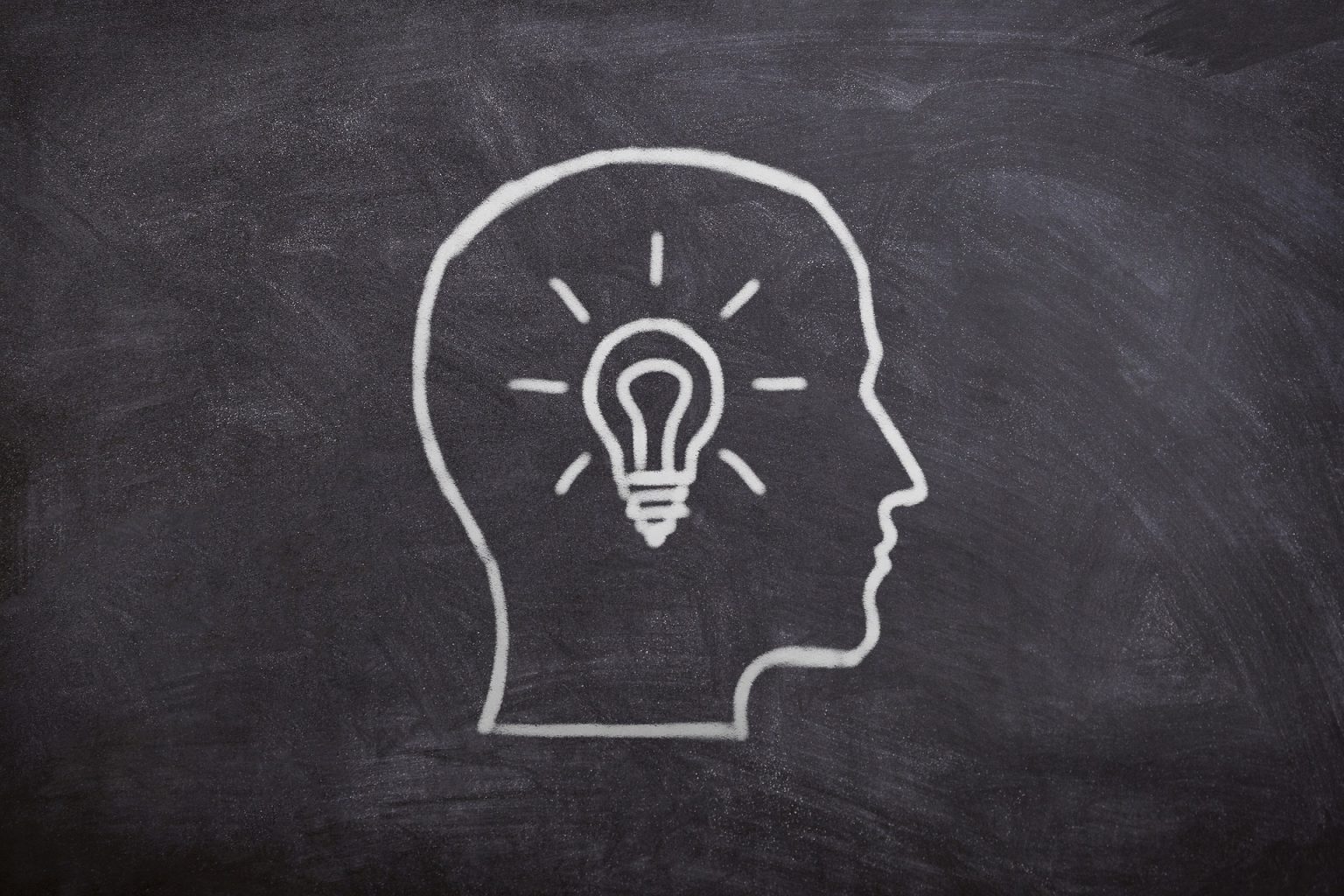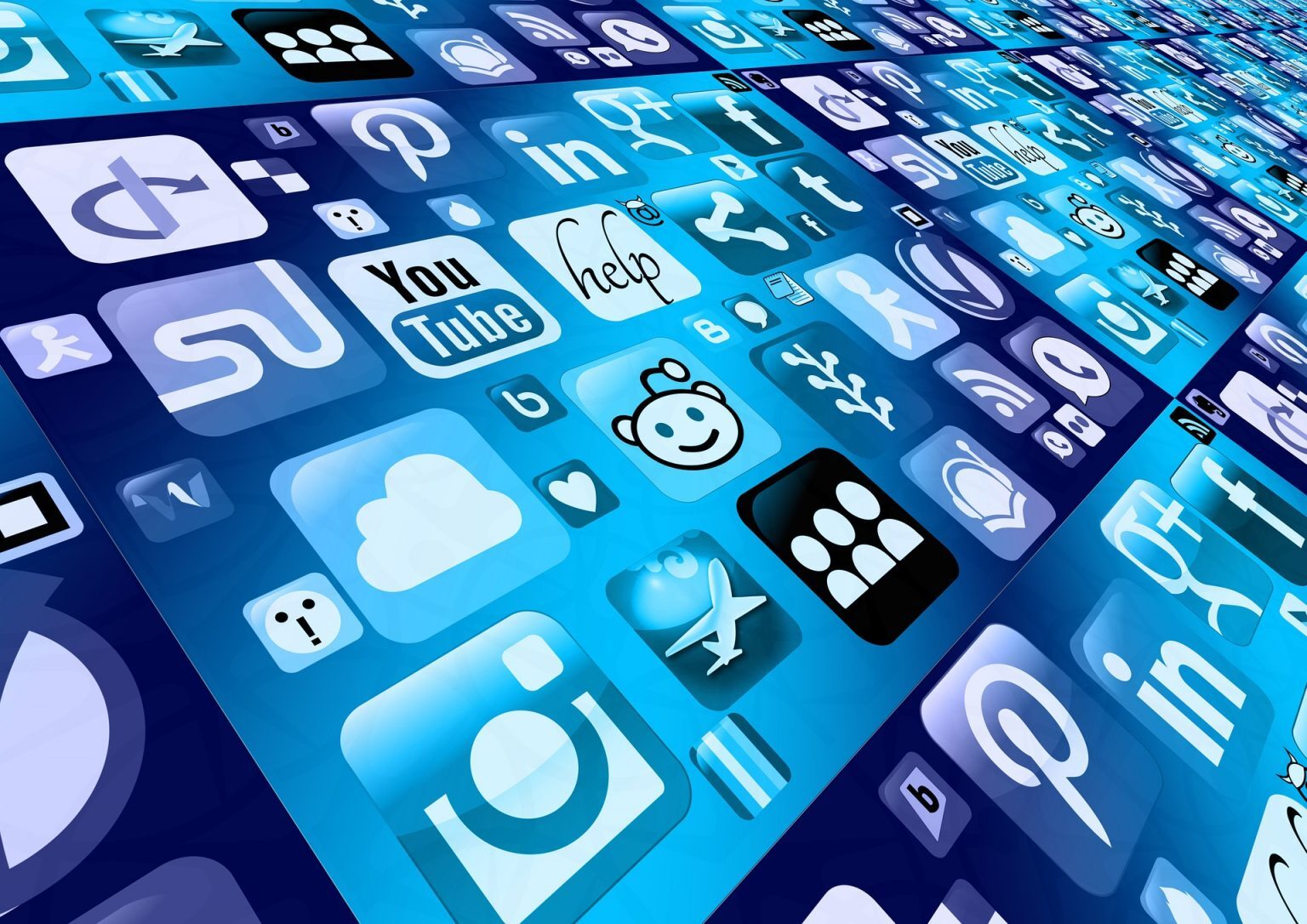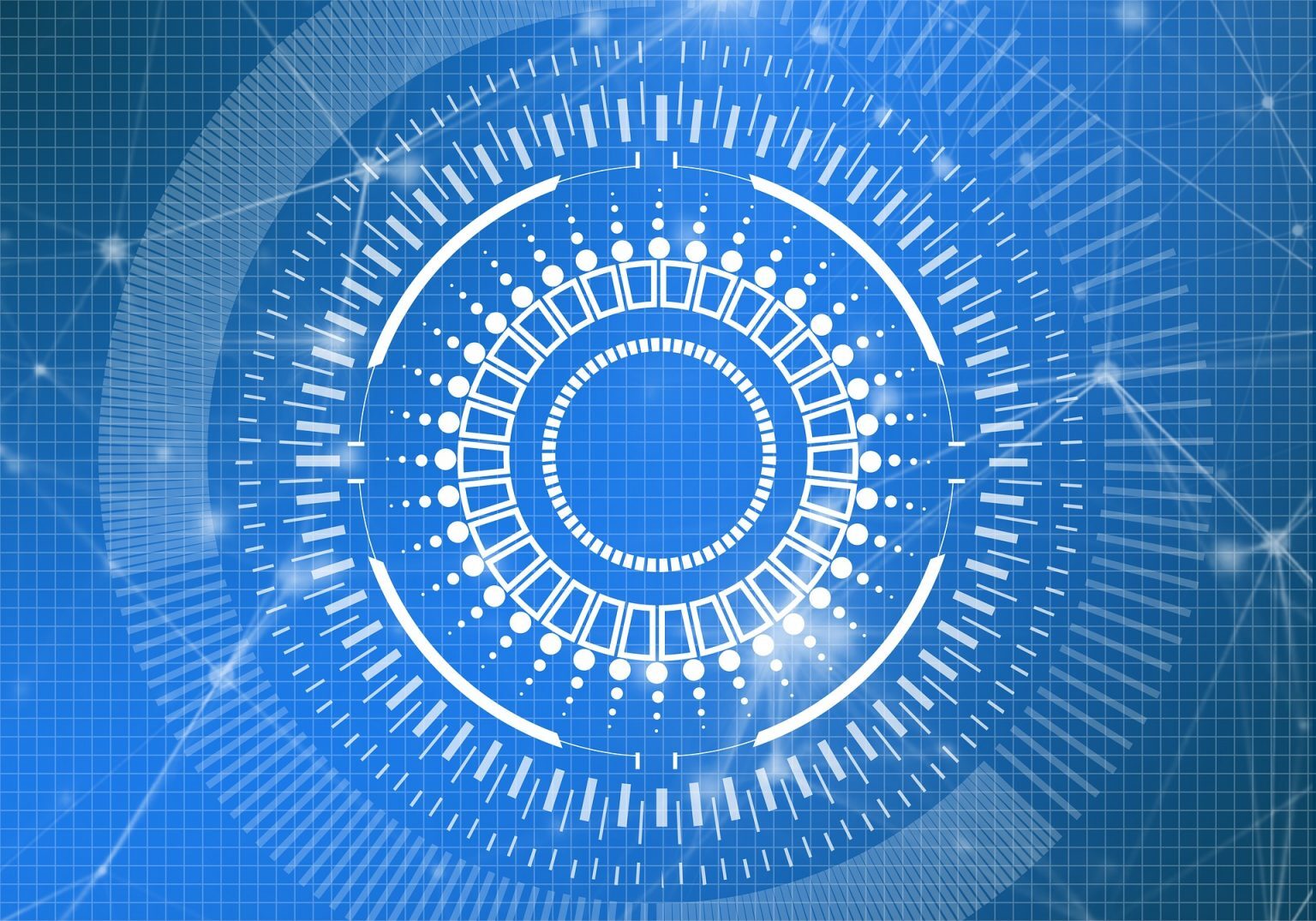Everyone needs to know the time. Ever since the 17th century Dutch inventor Christiaan Huygens made the first pendulum clock, people have been thinking of good reasons to measure time more precisely. Getting the time right is important in so many ways, from running a railway to doing millisecond trades on the stock market. Now, for most of us, our clocks are checking themselves against a signal from atomic clocks, like those on board the global positioning system (GPS) satellites. But a recent study by two teams of scientists in Boulder, Colorado might mean those signals will get much more accurate, by…
Author: The Conversation
n the early hours of March 23, the container ship Ever Given was blown off course by high winds on its way through the Suez Canal. At 400 metres long, the Ever Given is longer than the canal is wide, and the ship became wedged firmly in both banks, completely blocking traffic. Dredgers, excavators and tug boats are working frantically to free the ship, but the operation may take weeks, according to the head of one of the rescue teams. About 10% of the world’s maritime trade passes through the canal, which allows ships to shorten the trip between Europe or the American…
The impacts and burdens of COVID-19 are distributed in a highly uneven fashion. For many, COVID-19 has meant job losses, financial insecurity, adverse effects on their work or increased stress. For others more privileged, COVID-19 has meant an improved work-life balance and improved relationships. The Pew Research Center recently published a survey of American’s views and reactions to COVID-19. The U.S. context is different from Canada, perhaps most notably in dramatically different death rates: more than 160 deaths per 100,000 people in the U.S. versus 60 deaths per 100,000 people in Canada. But there is much in the Pew survey that no…
Having spent the early months of 2021 exiled from social media, Donald Trump may be set to make a return, circumventing his Twitter ban by creating a social media platform of his own. Jason Miller, the Trump aide who announced the news, has said the platform could be ready in “two or three months”. While the announcement might seem ambitious, building a social media platform is actually relatively easy. In 2004, a rudimentary form of Facebook was developed in just two weeks. Since then, advances in software development and cloud computing have made it far easier to create a social media platform in…
If you spend hours of the day on your phone checking social media, you’re not unusual. The average internet user spends two hours a day on various social media sites. But does your habit of checking Facebook, Instagram, Twitter and TikTok every few hours make you a social media “addict”? The term “social media addiction” is being increasingly used to describe people who spend a lot of time on these websites and apps. Doing so can be harmful to people in a variety of ways – causing low self esteem, bad sleep and increasing stress. The main focus when considering addiction to substances tends to…
Described by some as “Europe’s biggest tech show”, the Berlin Radio Show has long been famous for exhibiting the next big thing in consumer electronics. In 1963, that was the compact audio cassette, introduced at the time by its creator, the late Dutch engineer Lou Ottens, who died in early March. Over the course of Ottens’ lifetime, cassette tapes came to redefine listening habits, which until then had been limited to the much more unwieldy vinyl record. Car stereos and the iconic Sony Walkman suddenly made individual listening experiences possible outside of the home. The re-recordable nature of the format, meanwhile, helped music fans…
There’s hope that some industrialised countries will achieve near-universal vaccination against COVID-19 in the coming months. Yet the effort to vaccinate even the most essential workers in developing countries has only just begun. By current estimates, achieving herd immunity (to current strains) will require at least 75% of the world’s population to be vaccinated. Some developing countries haven’t reached that level of coverage even for common vaccine-preventable diseases like measles and polio. Many low-income countries will soon get vaccine access through the COVAX initiative. The first doses distributed in sub-Saharan Africa under COVAX were injected at the end of February. Around 30 million more doses are expected…
As an academic researcher, developer of artistic technology and amateur artist, I was quite skeptical about crypto art when I first read about it several years ago. However, I follow a community of artists on social media, and some of the artists there whom I respect, like Mario Klingemann and Jason Bailey, embraced and advocated for crypto art. Within the past few months, activity and prices seemed to snowball. I started thinking it deserves to be taken seriously. Then the Beeple sale happened. On March 11, Beeple, a computer science graduate whose real name is Mike Winkelmann, auctioned a piece of crypto art at Christie’s for US$69…
Last week, Christie’s sold a digital collage of images called “Everydays: The First 5000 Days” for US$69.3 million dollars. This week, Elon Musk said he’s selling a tweet of his as an NFT, which contains a song about NFTs. The bidding on Musk’s tweet has already topped $1 million and millions more are pouring into the market — he has since tweeted, “Actually, doesn’t feel quite right selling this. Will pass.” And sites like NBA Top Shot (where you can buy, sell and trade digital NBA cards) have individual cards selling for over US$200,000. https://twitter.com/elonmusk/status/1371549960030842893? It might sound ridiculous but the explosive market of crypto-collectibles and…
Just as other brand names make their way into the dictionary, Zoom has now become a daily verb and a noun. We Zoom each other, we say “Let’s have a Zoom,” and we get Zoom fatigue. Now there’s Zoom burnout as well – a phrase that encompasses a lot more than the eye strain of too much screen time. Emerging research shows we get less done and we may end up unnecessarily replicating communication in our personal and working lives. A new study highlights the causes of this fatigue and how to deal with it. Too much Zooming can become mentally demanding. There’s a lot of evidence that…









